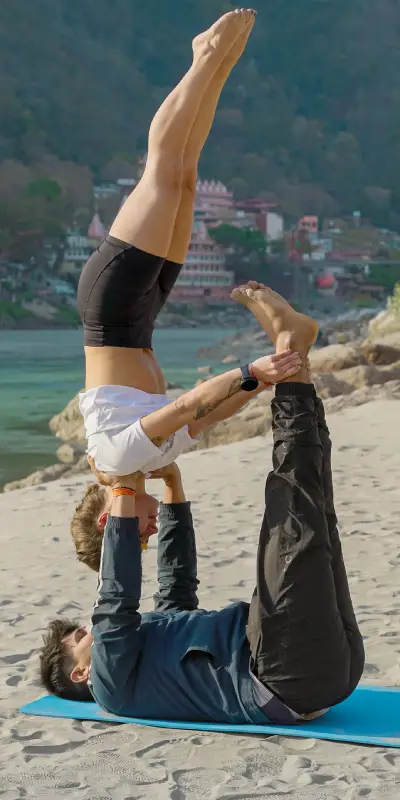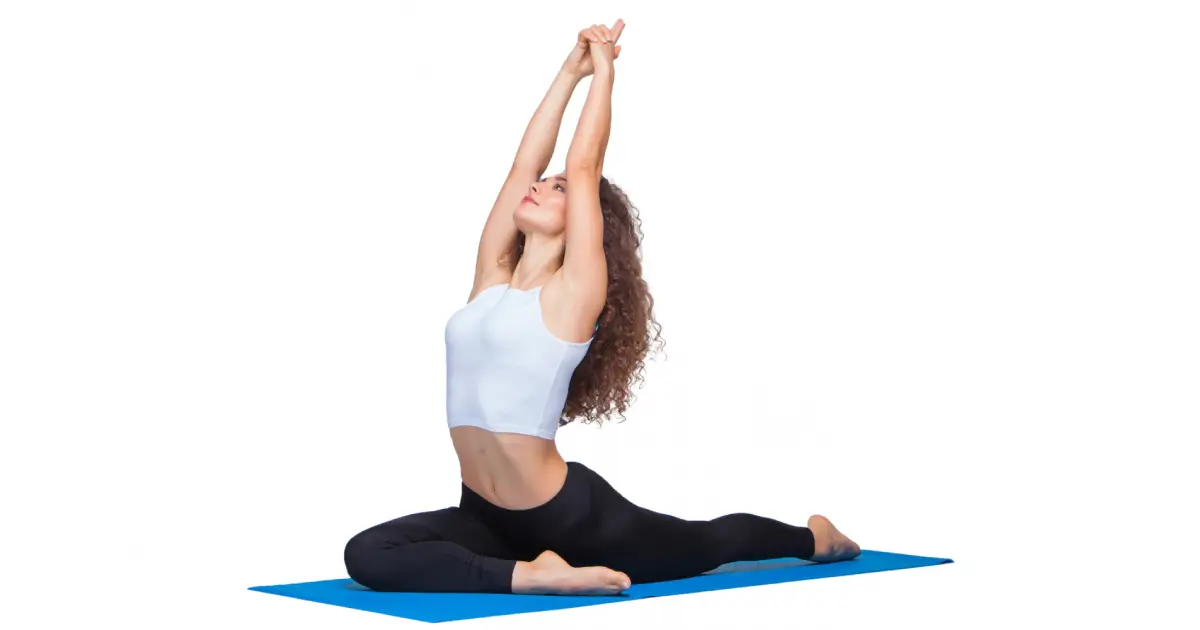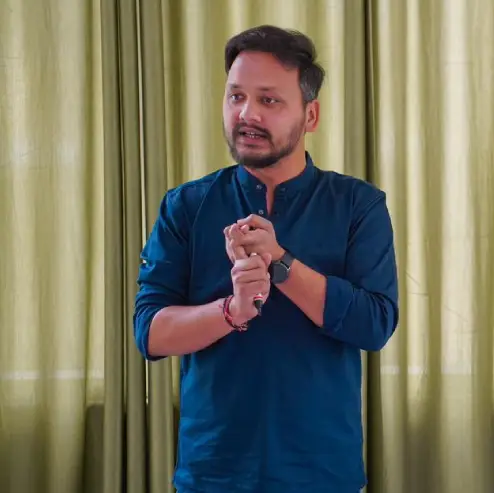
Get A Free Quote

Have you ever stepped onto a yoga mat and felt a sense of calm wash over you? Or maybe you’ve been wanting to try yoga but felt overwhelmed by the different styles and terminology. Fear not, fellow yogis! This blog is your one-stop shop for exploring and understanding the differences between three popular yoga styles: Ashtanga, Hatha, and Vinyasa Flow.
Rooted in Patanjali’s Eight Limbs of Yoga, Ashtanga emphasizes discipline, self-study, and internal heat generation. Think vigorous Vinyasa sequences practiced in a set order, building strength and flexibility. This dynamic practice focuses on developing internal heat, strength, and flexibility.
It is comprised of a predetermined series of postures connected by vinyasas (flowing transitions). The same format is used in most classes to guarantee familiarity and form-focused instruction. It is the ultimate in intensity, requiring exact movements in time with breathing, so it is perfect for people looking for a hard workout.
Hatha Yoga welcomes flexibility, in contrast to Ashtanga’s regimented flow. Its origins are in the physical yoga tradition itself, which integrates breathing techniques, meditation, and postures into a comprehensive practice. In a Hatha class, familiar Sun Salutations might be combined with restorative poses to promote physical exploration on both ends of the spectrum.
A deeper investigation of form and alignment is possible due to the measured pace, and the practice of meditation cultivates inner calm. Hatha’s well-rounded approach makes it ideal for novices and those looking for a more leisurely experience.
Vinyasa Flow is a creative and dynamic style that embodies modernity. The movement is sculpted by the breath, creating an ever-changing sequence. Because classes are frequently unstructured, teachers can combine postures into a flowing dance that is led by the energy of the group. Those looking for a dynamic and customized experience will find Vinyasa particularly appealing, as it places a strong emphasis on improvisation and playfulness, allowing practitioners to find their flow.
Vinyasa Flow is a dynamic and creative style, often described as a moving meditation. Sequences flow seamlessly, connecting breath with movement in a dance-like fashion.
Ashtanga: a strenuous, demanding form of yoga that calls for flexibility and strength. Organize sequences at a steady speed.
Hatha: Adaptable to different levels of fitness, moderate in intensity. Slower pace with emphasis on alignment and breathing awareness.
Vinyasa Flow: varies in intensity; it can be fluid and gentle or dynamic and athletic. Transitions that flow, with breath and sequence design dictating the pace.
Ashtanga: Vinyasas (flowing transitions) strongly linked to breath, creating a rhythmic pattern. Ujjayi breath (victorious breath) often used for internal heat generation.
Hatha: Emphasis on deep, deliberate breathing that matches the inhale and exhale to particular movements. Awareness of breath used for inner focus and relaxation.
Vinyasa Flow: Breath is the guide; it directs transitions and keeps the flow continuous. The order of the steps may require the use of different breathing techniques.
Ashtanga: A set sequence of postures (vinyasa krama) performed with very few deviations in the same order. Focus on perfecting alignment and internal heat
Hatha: A series of positions with choices for different levels of difficulty Sequences tailored to specific themes or body areas.
Vinyasa Flow: Originally designed sequences based on specific poses that allow for customization and improvisation to suit the needs of both the teacher and the students.
Ashtanga: Meditation integrated into the practice through Drishti (gaze control) and breath awareness.
Hatha: Often practiced at the end of class, this style of guided meditation focuses on inner peace and self-observation.
Vinyasa Flow: Emphasis on mindful movement throughout the practice, fostering awareness of the present moment in poses and transitions.
Hatha Yoga - Gentle pace, emphasis on alignment, diverse poses with modifications - is the most beginner-friendly.
Let us examine how these forms appeal to Westerners and take a look at how yoga will continue to grow and change in the future.
Ashtanga: The rigid Mysore method becomes softer, providing beginning classes and allowing individual differences. The focus on discipline appeals to people who want to work out hard and get hot inside.
Hatha: Beginners and those looking for stress relief enjoy it for its gentle nature and flexible pace. Modern Hatha satisfies a variety of needs by incorporating modern influences like Pilates and dance.
Vinyasa Flow: Its fluidity and creative freedom reflect the energy of contemporary life. Its popularity is fueled by social media, which provides countless variations and a sense of community.
Integration of Technology: Virtual reality and interactive studios promise personalized experiences and accessibility that are not limited by location.
Emphasis on Mental Health: Yoga’s capacity to improve mental health and reduce stress may become its main draw for people looking for a holistic approach to health.
Fusion and Innovation: Combining techniques and components from other disciplines, such as dance or martial arts, could result in innovative new forms of yoga.

Posted: 17 January, 2024
Renowned for his expertise in yoga and its philosophy, Sajan Negi brings over 15 years of experience in guiding individuals on their transformative journey towards holistic well-being. With a Master’s degree in Yoga and a life dedicated to personal growth, Sajan Negi combines ancient wisdom with modern insights to inspire physical strength, mental clarity, and spiritual peace in his students.